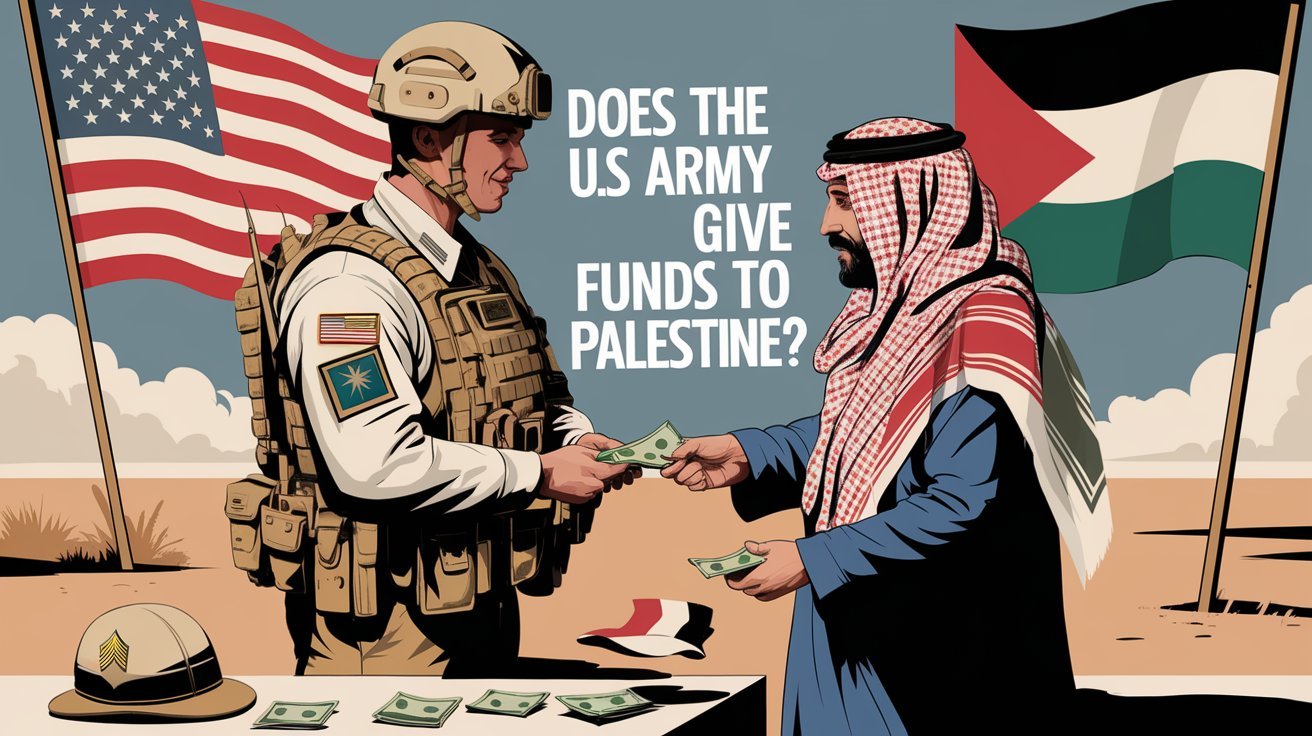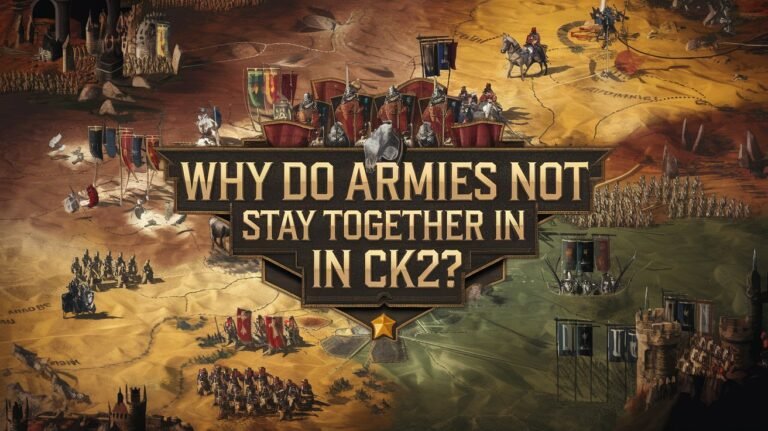Does The Us Army Give Funds To Palestine? Complete Guide

The United States has been a big supporter of the Palestinian territories. This includes the Gaza Strip and the West Bank. The US Army doesn’t give money directly to Palestinian authorities.
But, the US government sends a lot of aid to help the Palestinian people. This aid goes through different programs and international groups.
Current US Military Support to Palestine and Israel
The U.S. military support to Palestine and Israel is complex. The U.S. gives a lot of money to Israel. But, support for Palestine is different and depends on politics and diplomacy.
Direct Financial Assistance Numbers
The U.S. has always helped Israel with money. Israel gets $3 billion every year. This is part of a bigger $14.5 billion bill for Israel passed by Congress in April 2024.
Also, the U.S. has spent over $17.9 billion on Israel’s military. This includes $4.4 billion from U.S. stockpiles and used equipment.
Humanitarian Aid Components
- In late September, the U.S. gave Israel $8.7 billion. This includes $3.5 billion for war supplies and $5.2 billion for air defense.
- In April 2024, Congress approved $14.3 billion for Israel’s security. They also gave $9.2 billion for humanitarian aid, including for Gazan civilians.
Military Equipment Distribution
The U.S. helps Israel with more than just money. They also give military equipment. Over 1,000 U.S. companies have made deals worth billions to help Israel defend itself.
| Country | U.S. Military Aid (2023) | U.S. Military Aid (2024 Projected) |
|---|---|---|
| Israel | $3 billion | $17.9 billion |
| Egypt | $1.3 billion | $1.3 billion |
| Palestine | $0 | $0 |
Does The US Army Give Funds To Palestine: Breaking Down The Facts
The U.S. government gives a lot of humanitarian aid to Palestinians. But, it doesn’t give direct military funding to Palestine. The U.S. is the biggest donor of humanitarian aid to Palestinians. This aid helps with food, shelter, and medical care, not military spending.
The Biden administration has told Israel to boost humanitarian aid to Gaza. They have 30 days to do this or they might lose U.S. weapons funding. This shows the U.S. wants to help Palestinian communities, even if it means less military aid to Israel.
Recently, the U.S. military helped deliver about 6,200 metric tons of aid to Gaza. This was part of a $230 million pier project. But, the United Nations World Food Program had to stop aid delivery because of security issues. This shows how hard it is to get aid to Gaza, even with U.S. help.
On the other hand, the U.S. has given at least $17.9 billion in military aid to Israel. This aid lets Israel buy weapons for battles against Hamas and Hezbollah. These battles have also hurt many civilians, making the situation in the region very complex.
Recent $404 Million Humanitarian Package Overview
The United States has announced a $404 million aid package for Palestinians in Gaza, the West Bank, and nearby areas. This funding aims to help the civilian population facing a severe humanitarian crisis. The crisis is caused by ongoing conflict and suffering.
Distribution Channels
The $404 million will go to trusted international groups and aid agencies. These include the United Nations Relief and Works Agency for Palestine Refugees (UNRWA) and other non-governmental organizations (NGOs). They will distribute vital supplies and services to those in need.
Aid Categories and Allocations
- Food assistance to address acute malnutrition, mainly in children
- Safe drinking water and sanitation to improve clean water access
- Healthcare services and medical supplies for the injured and disease prevention
- Shelter, clothing, and household items for displaced families
- Psychosocial support and education for traumatized children and youth
- Protection services for vulnerable populations, like women and the elderly
The US government calls on other donors to help in the humanitarian effort. It’s important to work together to solve the crisis in the occupied Palestinian territories. The situation in Gaza is described as catastrophic, needing urgent aid and a ceasefire to ease civilian suffering.
US Military Budget Allocation in the Middle East
The United States has a big military presence in the Middle East, mainly after the Gaza war started. By August, US forces in the area grew from 34,000 to about 50,000. This includes aircraft carrier groups, fighter squadrons, and air defense systems in the Mediterranean and Red Sea.
The US military spending in the Middle East shows in its budget. The US has given Israel over $130 billion in aid, with $3.3 billion each year for military help. There’s also $500 million for missile defense programs.
Starting in 2009, the US gave Israel $3.4 billion for missile defense. This includes $1.3 billion for the Iron Dome system from 2011. By October 2023, the US had 599 active deals with Israel worth $23.8 billion.
| Assistance Type | Amount |
|---|---|
| Bilateral Assistance to Israel from 1948 | Over $130 billion |
| Annual Foreign Military Financing (FMF) to Israel | $3.3 billion |
| Cooperative Missile Defense Programs with Israel | $500 million |
| Missile Defense Funding for Israel (FY 2009 – present) | $3.4 billion |
| Active Foreign Military Sales (FMS) cases with Israel (as of October 2023) | 599 cases valued at $23.8 billion |
US also supports Conventional Weapons Destruction in the West Bank. It has invested over $8 million in this area, starting in 2011. This shows the US’s dedication to regional security.
Congress-Approved Supplemental Funding Details
The US government has approved a $14.5 billion package for Israel. This is on top of the over $3 billion Israel gets each year. The goal is to strengthen Israel’s defense and meet its security needs.
Breakdown of $14.5 Billion Package
The funding bill gives Israel about $14.1 billion. Most of it will go to refill its air defense systems and meet other defense needs. $3.5 billion will let Israel buy U.S.-made weapons and military gear.
Implementation Timeline
The Biden administration has told Congress it plans to send these funds. They are part of a $95 billion security package signed into law. Most of the money is for Ukraine, but some will help with humanitarian aid and support in the Indo-Pacific.
There are concerns about giving aid to the Netzah Yehuda battalion. This unit has been accused of human rights abuses against Palestinians. The U.S. says the aid is to give Israel time to fix these issues. But, the Leahy Law, which stops U.S. aid to units that violate human rights, is a big concern.
Pentagon’s Role in Palestinian Territory Support
The Pentagon mainly helps with humanitarian aid, not military funding, in Palestinian territories. The U.S. has given over $674 million in aid to Palestinian civilians in eight months. This money helps meet basic needs in Gaza, the West Bank, and nearby areas.
The U.S. Security Coordinator (USSC) office, started in 2005, is key in improving security ties between Israel and the Palestinian Authority. Led by U.S. generals, it boosts Palestinian security services and guides on security reforms. This work helps prevent conflicts during tense times.
The U.S. has a long history of secretly funding Palestinian security. But now, it focuses more on humanitarian aid. The USSC’s work shows the Pentagon’s dedication to regional stability and security, without military action.
| Pentagon Funding Initiatives in Palestine | Amount |
|---|---|
| Humanitarian Assistance to Palestinian Civilians | $674 million (over 8 months) |
| Establishment of the U.S. Security Coordinator (USSC) Office | 2005 |
| Proposed Expansion of the Palestinian Authority Security Forces (PASF) | From 9 to 10 brigades |
US Military Operations Cost in the Region
The military budget and defense spending in the Palestine region have been a big topic. The United States has spent at least $22.76 billion on military aid to Israel and related operations in the region over the past year. This includes $17.9 billion in security assistance to Israel and $4.86 billion on U.S. military operations, like actions against the Houthis in and around Yemen.
Operational Expenses
The U.S. military’s involvement in the region has cost a lot. The conflict with the Houthis in Yemen has led to an extra $2.1 billion in lost maritime trade. This is due to shipping diversions or increased insurance fees. The Biden administration has also announced $20.3 billion in arms agreements with Israel to be implemented in future years, adding to the financial burden.
Personnel Deployment Costs
Deploying more forces, vessels, and aircraft to counter escalated strikes by Houthis in Yemen has increased expenses. The U.S. has spent at least $55 million in additional combat pay due to intensified operations in the region. These costs, along with operational expenses, show the financial toll of the U.S. military’s involvement in the Middle East.
| Expense Category | Amount |
|---|---|
| Security Assistance to Israel | $17.9 billion |
| U.S. Military Operations in the Region | $4.86 billion |
| Lost Maritime Trade Due to Conflict | $2.1 billion |
| Additional Combat Pay for Personnel | $55 million |
| Future Arms Agreements with Israel | $20.3 billion |
| Total U.S. Military Spending in the Region | $22.76 billion |
Comparative Analysis of US Military Aid Distribution
Looking at US military aid, a clear difference shows up. Israel gets a lot more than the Palestinian territories. Israel has received $251.2 billion in inflation-adjusted dollars from 1959 to now. The $17.9 billion given to Israel last year is the highest ever.
On the other hand, aid to the Palestinian territories mainly goes to humanitarian needs. The latest $404 million package is for civilian support, not military. This shows how uneven US military aid is, with Israel getting most of it and Palestinians needing more humanitarian help.
| Recipient | Total US Military Aid (Inflation-Adjusted) | Annual Aid (Most Recent Fiscal Year) |
|---|---|---|
| Israel | $251.2 billion (from 1959) | $17.9 billion (FY2023) |
| Palestinian Territories | Primarily humanitarian aid | $404 million (FY2023) |
This big difference in aid shows the complex politics in the area. Israel’s safety is seen as more important than the Palestinians’ needs. Policymakers need to find a fairer way to help both sides to achieve peace.
Human Rights Considerations in Military Funding
The US government gives money to both Palestine and Israel. But, there are worries about human rights abuses linked to some of these funds. The Leahy Law, which stops US aid to groups that abuse human rights, is being questioned.
Leahy Law Implementation
The Leahy Law helps address human rights issues. But, its use with the Israeli military is debated. The US has found five Israeli army units guilty of human rights abuses.
Four of these units got to keep receiving US aid after fixing their problems. But, the Biden administration chose not to apply the Leahy Law to the fifth unit, Netzah Yehuda battalion. This decision has raised questions about fairness.
Oversight Mechanisms
There’s a big issue with how US military aid is overseen in the region. The US has given Israel a 30-day warning to improve aid to Gaza. If not, military aid might be cut.
This shows the need for better checks to make sure US money isn’t funding human rights violations. The US must balance its interests with ethical values. Advocacy groups, lawmakers, and the public must keep pushing for aid that respects human rights and promotes peace.
Conclusion
The U.S. government gives a lot of humanitarian aid to Palestinians. But, it doesn’t give military funds directly to Palestine. Most U.S. military aid goes to Israel, over $17.9 billion after the Gaza war started.
The U.S. is the biggest donor to Palestinians, focusing on helping civilians. It doesn’t give military help. This shows the U.S. cares about the people, not just the military side.
The U.S. military helps by delivering aid, like in the JLOTS mission to Gaza. They brought nearly 20 million pounds of aid. The U.S. will keep helping by advising on getting supplies to Palestinians.
The U.S. doesn’t get involved in the Israeli-Palestinian conflict with military action. Instead, it supports civilians and talks. This shows the conflict’s complexity and the U.S.’s role in helping.
As the world deals with Palestine’s humanitarian needs, the U.S. will keep donating. It will help without sending military aid or troops. This approach shows the U.S.’s commitment to peace and support.






